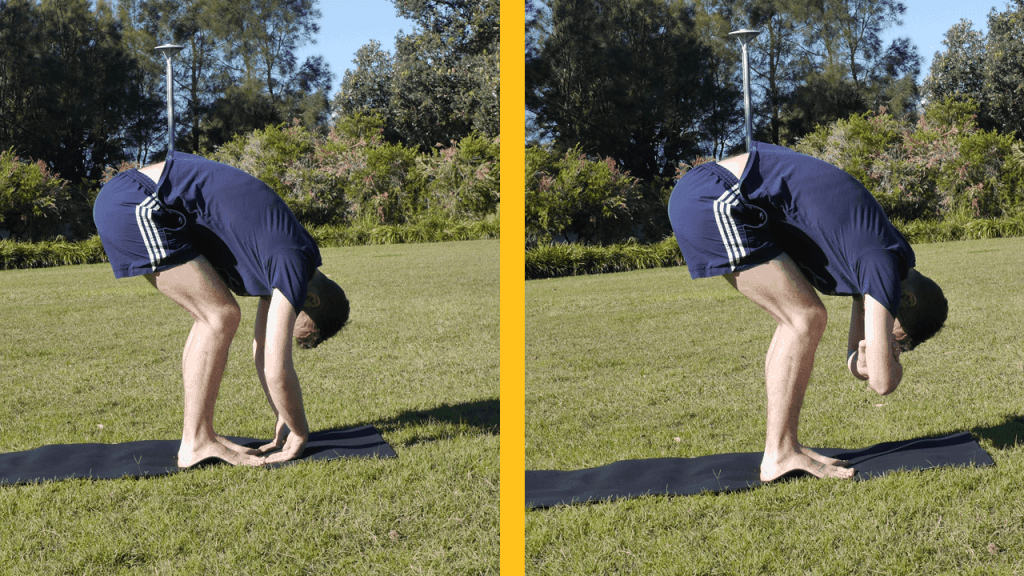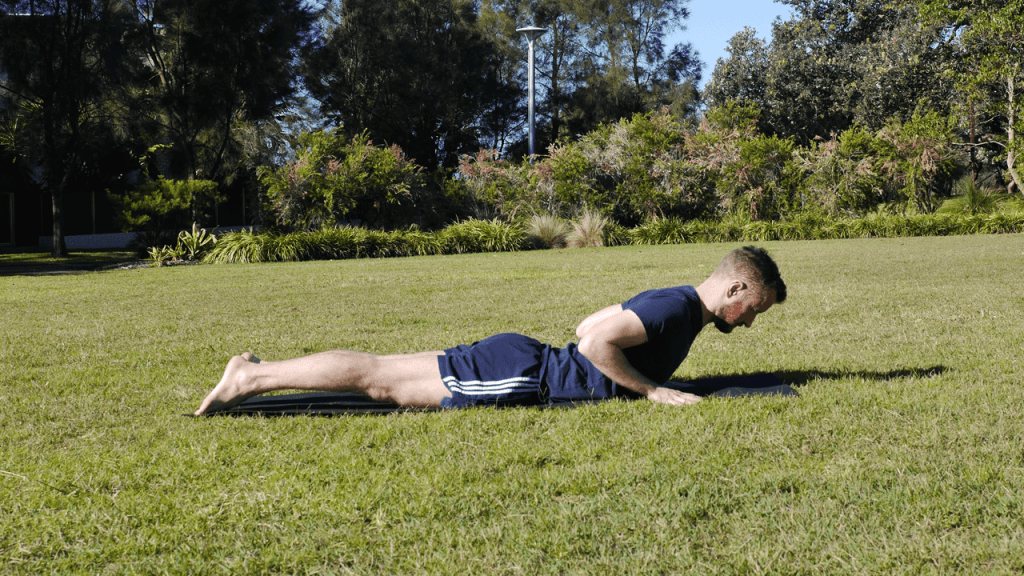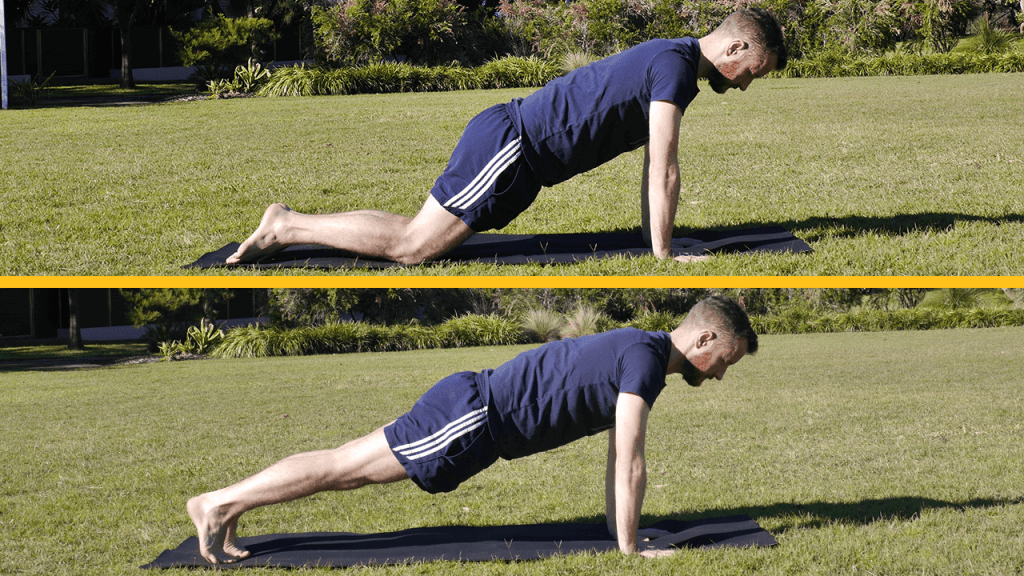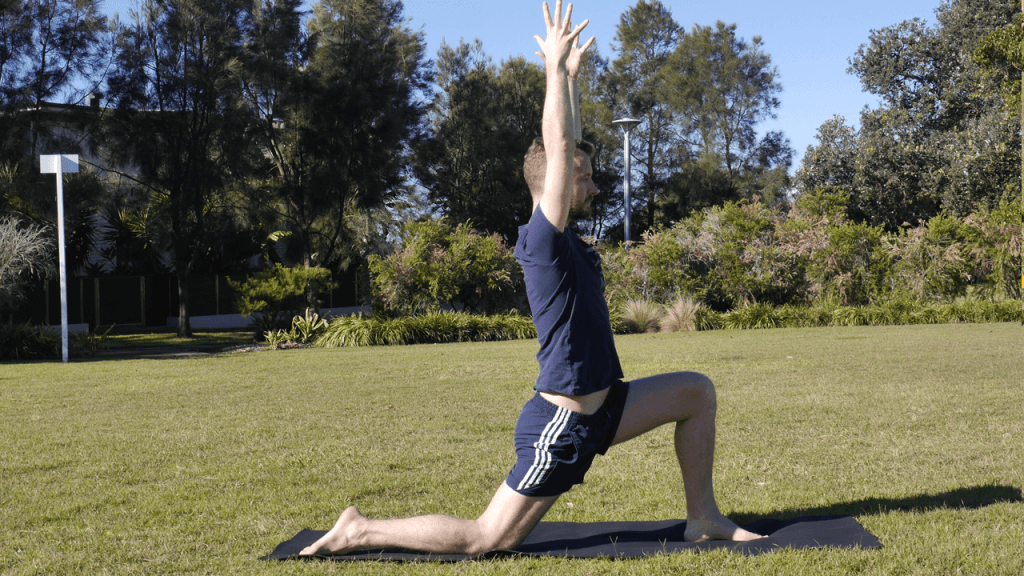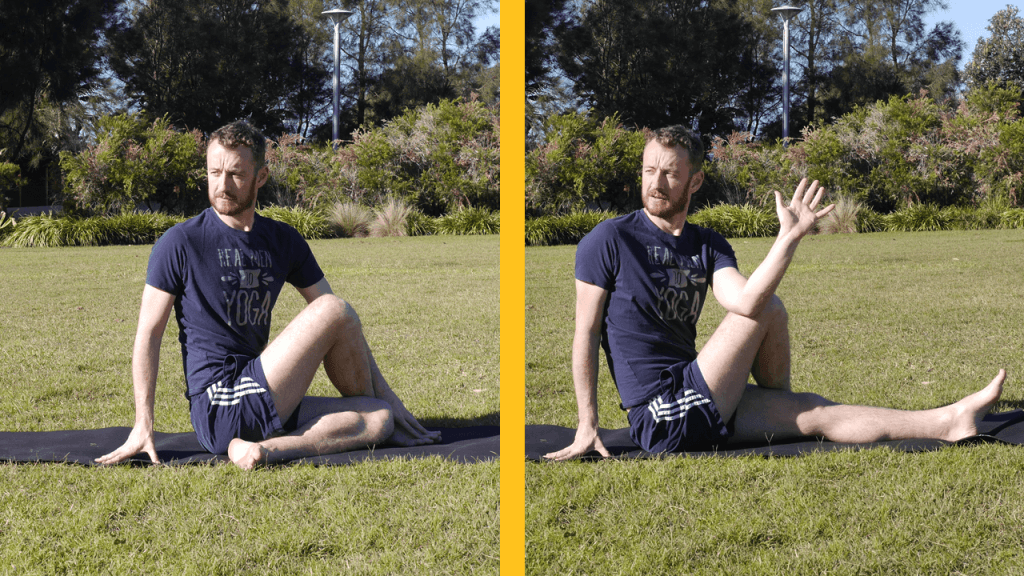In case you didn’t already know, sitting is the new smoking. It’s also a pretty prominent feature of most programmer’s lives.
Programming jobs require you to occupy your chair for hours on end (unless, like me, you’re a work from home freelancer type, in which case you can sit on your couch for hours on end!)
I don’t know about you, but I’m pretty attached to the mobility my spine affords me.
I like being able to move around during non-work hours as much as I please. I take pleasure in a number of physical activities that I wouldn’t be able to carry out if it weren’t for the thirty-three carefully engineered bones, supporting muscles small and large, cartilage, and other tissue that comprise my spine.
I especially value that my spine keeps me upright when I’m trying to earn my living. I’d like to keep it doing that for as long as I can.
In my early career, I wasn’t as good about taking care of myself as I am now.
My interest in yoga started when I was completing my master’s degree – way longer ago than I want to admit (ok, sixteen years – wow!)
I went to my first class, saw some people doing headstands, and thought it looked pretty cool.
I was fortunate to discover yoga at that point of my life.
Even at the age of 21, I was already struggling with bouts of back pain from too much chair time.
My lower back would ache, whether I was sitting or engaged in physical activity. And I had what felt like a solid brick of tension right across my shoulders.
I looked at older people with hunched backs, and worried I would end up like them!
As I was just starting out on my programming career, I knew that I was likely to spend a lot more of my time sitting in the coming years. I needed a solution.
Proper posture is certainly important. Having a movement routine to counteract the damage is also necessary. Yoga fit the bill!
The Problems with Sitting
Sitting for extended periods contributes to several common problems in your body.
Compression of intervertebral discs
When sitting all day, the forces of gravity gently draw your vertebrae – the bones that make up your spine – together, causing pressure on the precious discs of cartilage between them.
These discs are extremely useful! They act as ligaments, holding the spine together. They also act as shock absorbers. This is important for simple day-to-day activities, like walking around.
Reduced strength
The muscles of your back can switch off when sitting, causing them to weaken. This means you’re less able to hold yourself upright, and more likely to strain something when you do move. Strong muscles prevent injury.
When muscles aren’t used appropriately, they weaken. Sitting is almost guaranteed to weaken your spine.
Tightness in the hip flexors
When sitting upright, the deep-seated muscles at the front of your hips are almost permanently on. The human body isn’t really designed to be at a 90 degree angle like this for long times.
The hip flexors activate to maintain this unnatural forward tilt of the pelvis. This can lead to tightness and shortening of the muscles.
This is Not Good – it means less mobility through your pelvis, which can lead directly to lumbar back pain (pain in the lower back) as the muscles there become strained during normal movement.
Hunched shoulders and rounded upper back
Nobody wants to be a hunchback, right? I sure don’t! But sitting with the hands extended towards a keyboard, with occasional pauses to squint at a screen, is a sure step towards Notre Dame territory.
Reduced abdominal strength
It’s very easy for your belly muscles to switch off completely when you’re sitting – as mentioned above, your hip flexors are over-working to keep you upright.
Your abdominals are an important part of your core muscle structure. The core is involved in pretty much every movement you make – if you’ve ever had a rib injury, you’ll know how debilitating it is.
Keeping the core strong is a vital part of any movement regimen.
Reduced leg strength
Your glutes (the muscles in your butt and upper legs) go to sleep while sitting, again weakening them. These muscles are generally important for moving around, you don’t want that to happen.
So what’s a programmer to do?
How Yoga can Help
Everybody knows that getting up and moving around is pretty much mandatory to deal with the problems sitting causes.
Yoga provides a great set of movements that directly counteract the above problems.
I’m going to share five of my favorite poses, complete with instructions on how to do them, and the problems they solve.
Disclaimer and Warning: your body is a clever device. It will probably let you know, in the shape of pain or serious discomfort, if there is something wrong with it. If you experience pain, stop immediately.
If this type of movement is new for you, go easy and listen to the signals from your body.
If any pose causes pain, come out of it gently.
If you are suffering from severe discomfort or pain in your spine or any other part of your body, please see a specialist before attempting any of these exercises.
I’ve included the Sanskrit names for the poses in case you decide to visit a yoga studio – which I’d highly recommend!
Forward fold (Uttanasana)
Helps with: compression of the spine.
How to do it: This one is easy. Stand tall and slowly start to fold forward from your hips. As you lower your head and hands towards the floor, start to bend your knees.
When fully folded, your knees should be bent enough so that your lower belly rests on the tops of your thighs.
In this pose, let gravity pull your head gently towards the ground. There will be a gentle suspension of the pressure between your vertebrae, giving a breather to those important spinal discs.
Watch out if: you have noticeable lower back pain already. Bend your knees deeper if this is the case.
As you progress: work towards straightening your knees. This will improve flexibility in the hamstrings.
Cobra pose (Bhujangasana)
Helps with: this will help to strengthen the muscles along your spine. It will also counteract shoulder hunching, opening up the chest.
How to do it: lie on your belly with your forehead on the floor. Place your hands on the ground underneath your elbows at mid-chest height.
Let your big toes touch and press them gently into the floor beneath you.
Activate your legs by pulling your kneecaps upward. Imagine your tailbone lengthening towards your heels. Press your hips into the floor as you activate the muscles of your lower back.
Peel your forehead, chest, shoulders, and finally your hands away from the floor. Keep your neck long by looking down towards the floor. Feel yourself rise and fall as you breathe in and out.
Draw the tips of your shoulder blades together at the middle of your back as you breath into the center of your chest.
Hold for several breaths, then lower your chest and forehead to the floor to release.
Watch out if: you’re suffering from lower back or disc problems.
As you progress: work towards locust pose (shalabasana). Start with your hands face down by your hips and raise your upper body as before. Keep your glutes active and your toes together as you raise your legs and then your hands away from the floor, for a deep, full-body backbend.
Plank pose (Uttihita Chaturanga Dandasana)
Helps with: strengthening through the core, including belly and shoulders. Increases arm strength.
How to do it: this is a high push-up position. Start on your hands and knees, wrists slightly in front of your shoulders.
Take your weight into your hands and pop your knees off the floor, so that your body forms a straight line from your heels to the top of your head.
Press back through your heels and switch on your legs by pulling your kneecaps up. Lengthen your tailbone towards your heels. Push into all four corners of your palms and draw your lower belly gently towards your spine.
If you wish, you can drop your knees to the floor for a slightly less intense version.
To come out, lower to the floor slowly – see if you can get your chest and belly to touch the floor at the same time!
Watch out if: you have recent or chronic shoulder or arm injuries or injuries to the spine.
As you progress: as you maintain the length throughout your body, lower yourself to lie flat on the floor with your face on the ground. From here, you can push back up into plank, or rise up into cobra as above.
Low lunge
Helps with: this is a really great pose to work on the tight hip flexors.
How to do it: Start folded forward, as above. Extend your right leg back and rest your right knee on the floor. Untuck your toes so they point behind you with the top of your right foot on the floor.
Take a moment to find your balance. Inhale and reach both hands up above your head as you raise your torso. Your front (left) knee stays over your front ankle. Press your front foot gently into the floor.
Your shoulders rest over your hips. Spread your fingers and extend the crown of your head towards the ceiling.
Return to folded and repeat on the other side
Watch out if: you have any significant hip or knee problems. A rolled up towel can act as a nice cushion for your back knee.
Seated twist (Ardha Matsyendrasana)
Helps with: range of movement in the hips and spinal compression.
How to do it: Start out sitting, with your legs straight in front of you. It’s often a good idea to raise your hips from the floor, perhaps with a folded towel or mat. Bend your knees so that your feet are flat on the floor.
Rest the outside of your left thigh on the floor with the left knee pointed forward. Step your right foot over the left knee – your right knee is still pointing up at the ceiling and the foot is still flat on the floor.
With an inhale, lengthen your tailbone into the floor as you reach the crown of your head to the ceiling – you’re feeling for length in your spine. Press the right foot into the floor and as you exhale, twist your torso around to the right. Placing your right fingertips on the floor behind you can help.
With every inhale, feel for length in the front of the body and lengthen the spine. As you exhale, gently ease your way deeper into the twist.
Watch out if: you are suffering from spinal injuries of any kind.
As you progress: If you are feeling the flexibility, you might hook your left elbow outside your right knee.
Go Forth and Yoga
Programmers need to actively work to protect and strengthen their body due to the the sedentary nature of their work. Healthy minds exist in healthy bodies.
Modern yoga is a blend of ancient Eastern practice and philosophy with more recent techniques from Western gymnastics training. It can be a great tool for programmers, or anyone who spends a long time seated.
You don’t need to work with the philosophical aspects of the practice to gain protection for your spine – although I do, and have seen great mental and physical benefits.
Practicing each of these poses alone will have benefits. Each pose is designed to care for a number of related parts of your musculoskeletal system.
A good yoga class will begin to flow poses from one to the other in sequences. A knowledgeable teacher will create sequences that balance strength and flexibility. I totally recommend you try one!
I’ve composed a short video explaining how to build a sequence out of these poses. Let me know if you’d like to receive a free copy in your inbox.


